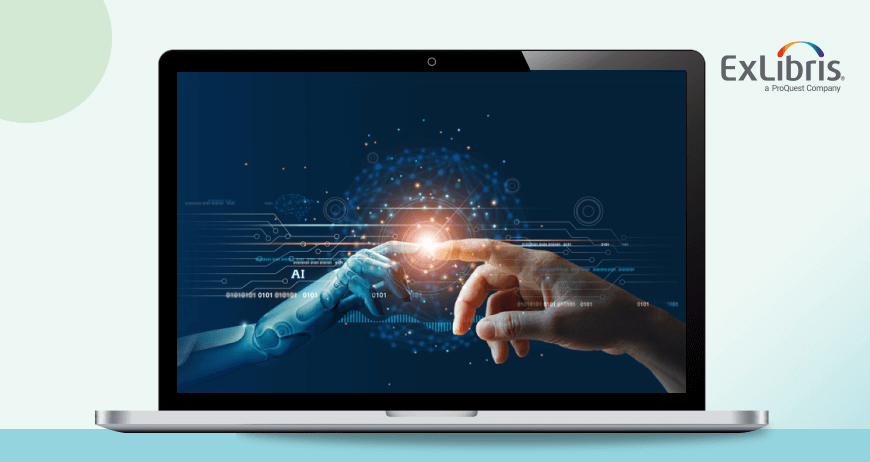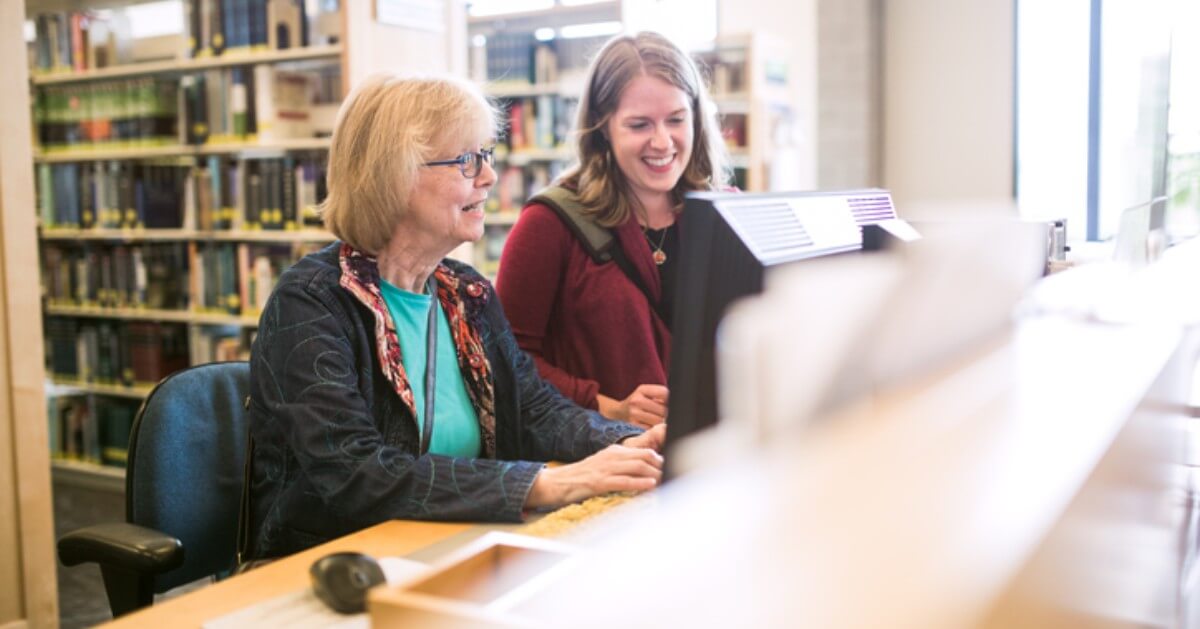Charlotte Schaefer, Leganto Customer Success Specialist, Ex Libris
When speaking with futurists, you will hear many differing opinions about what’s coming next, but the word “personalized” is mentioned over and over again: Personalized medicine, personalized AI, personalized fashion. Keyboards that adapt to the way you type, cars that adapt to the way you travel, food that adapts to meet your specific nutritional need.
And education is no exception. The “one laptop one child concept” has evolved into “one tutor one child.” Adaptive AI tutors are mentioned anywhere people speak of global literacy or rapid retraining.
Of course, none of this is new. The Montessori approach has been espousing a push/discovery method of education since the late 1800s and in 1995, Neil Stephenson explored the benefits of adaptive AI tutoring in his novel “The Diamond Age: or A Young Lady’s Illustrated Primer.” The difference is that reality seems to be catching up with our imagination, and we may finally have the technology to fully realize these concepts.
While it’s fun to think about these ideas on a grand scale, it is also important to dig down to the more practical details. What does this mean for instructors? How do you design a course that caters to every student individually? What would the reading list for such a course even look like?
If the point is to give students the tools they need to carve their own path through a subject instead of guiding them down a pre-designed road, the entire focus of reading lists shifts. Instead of titles designed to walk students through a subject, the personalized reading list is a jumping off point. Instructors will need to choose readings designed to stimulate questions, not provide answers. This means fewer required readings and more first- and second-tier recommendations. The reading list becomes the beginning of a “Choose Your Own Adventure” story that the student completes herself.
The instructor’s role isn’t the only one that’s changing. There will be new challenges for content providers as well. Search and discovery are already a priority, but content providers will need to put additional focus on novice searchers. Discovery engines aimed at librarians or subject matter experts are insufficient for the personalized future. Novice searchers will need to be able to find what they want and what they didn’t even know they needed.
Who among us hasn’t fallen down a rabbit hole of YouTube videos, clicking the most interesting of the new recommendations until we’re miles away from our initial starting point? The personalized reading list is like that first video: a known starting point provided by the instructor. From there, the student and the content provider will need to work in tandem to find both the obvious connections and the brilliant outlier that brings the student to her final, personal destination.
Charlotte Schaefer is part of the Ex Libris Teaching & Learning team, serving as the Leganto Customer Success Specialist.









